Solar Panel Manufacturing
Comprehensive Solutions for Flexible and Rigid OLED Manufacturing
Flat Panel Displays are undergoing an evolution in mobile consumer devices, TVs and automotive applications. Previously, the biggest display technology shift was from curved Cathode Ray Tubes (CRTs) to flat Liquid Crystal Displays (LCDs). Organic Light Emitting Diodes (OLEDs) are the next innovative display technology shift. OLEDs are gaining traction in mobile consumer applications such as smart phones and wearable devices like smart watches and AR/VR (Augmented Reality/Virtual Reality) headsets because of their higher brightness and resolution, lower power consumption and form factor capabilities like edge to edge, curved and foldable displays. TVs are leveraging OLED’s increased brightness and thinner form factor. Traditional automotive instrument panels and center consoles are being replaced with OLED displays, enabling better ergonomic and aesthetic interior car spaces.
OLEDs are enabling innovation in applications that can leverage the features and benefits of the technology. New display technology creates new manufacturing challenges that must be overcome. MKS offers a broad portfolio of products including Lasers, Motion, Power and Reactive Gas solutions for some of the more challenging process steps in small, rigid and flexible OLED display manufacturing.
Process Challenges in OLED
Flat panel displays use different backplane technologies. Small and medium OLEDs for mobile phones use a low temperature polysilicon (LTPS) backplane which is created by laser annealing amorphous silicon (a-Si). OLED TVs use a metal oxide backplane. Both backplanes use deposited thin films which must be highly uniform and contaminationfree to maximize electrical performance. The OLEDs are evaporated or deposited and encapsulated to reduce degradation caused by water vapor and oxygen exposure. Encapsulation uses either strengthened glass or thin films, depending on whether the OLED is rigid or flexible. Dissimilarity of materials within the rigid and flexible stacks make cutting and singulation of individual display devices a challenge. The highly complex nature of this process can induce defects, decreasing throughput and yield.
Challenges in OLED manufacturing include:
- Contamination-free thin films
- Precise cutting with minimal damage to surrounding areas or structures
- Low throughput
- Yield
OLED Manufacturing Solutions
Direct Pressure Measurement
The LTPS backplane conducts electric current to the OLEDs so light is emitted. This layer is created by vacuum deposition of a-Si either directly on strengthened glass or onto a polyimide layer attached to a glass carrier. The thin film is then laser annealed to create the crystalline LTPS structure. To ensure the correct composition and uniformity of the a-Si thin film, it is important to directly measure pressure within the deposition chamber. Direct Pressure Measurement devices from MKS operate in situ, with low pressure measurement drift and EtherCAT® communication. This makes it highly reliable and quick to communicate with the overall system ensuring correct composition and uniformity of a-Si thin films.
Ozonated Water Delivery
Surface cleanliness prior to a-Si deposition is important to ensure contaminates don’t negatively impact the thin film electrical properties. Our Ozonated Water Delivery Systems provide pure, high flow and high concentration ozone that rapidly oxidizes organics including metals and particles. Exposure to ozone at this stage of the manufacturing process improves the grain size and uniformity of the LTPS thin film layer improving the backplane’s electrical characteristics. It is important to clean with ozonated water after laser annealing to ensure no new contaminates have been deposited on the surface prior to the RGB evaporation step.
Remote Plasma Sources
Routine cleaning of the vacuum deposition chamber using our Remote Plasma Source (RPS) systems reduces potential film contamination by removing chamber wall contaminates. The RPS delivers productive NF3 over a broad pressure range from 5-40 Torr and with low volume up to 50 slm. This results in increased speed of chamber clean and equipment uptime. To shorten chamber cleaning time, our Non-dispersive Infrared (NDIR) Chamber Clean Endpoint System senses SiF4 down to 1 ppm, optimizing chamber clean time by measuring process byproducts.
Pixel Hole Machining Lasers
RGB pixels are evaporated on the LTPS backplane surface using an invar Fine Metal Mask (FMM). As OLED manufacturers push for >1000 pixels per inch (PPI) to support VR, a new way to create a fine metal mask with increased pixel density and feature accuracy is necessary. Our Micromachining Lasers, with picosecond or femtosecond pulses and small, focused beam widths, create completely vertical pixel holes with no material buildup that could negatively impact feature geometry. Ultrashort pulses reduce excess heat buildup providing a minimal heat affected zone. This reduces mask warp and ensures all pixel holes maintain their shape. The laser’s high output power, high beam quality and narrow bandwidth supports highly uniform beam splitting for parallel machining and increased throughput.
Glass and Film Cutting Lasers
Our industrial femtosecond and picosecond lasers are excellent for glass and film cutting. For cover glass and rigid OLED, they provide flexible pulse and burst control with precision, resulting in a micro-crack, chip-free edge, making the glass stronger and less likely to break if dropped. This reduces the need for post-cut polishing, increasing throughput by reducing the number of manufacturing process steps. For flexible OLEDs, MKS lasers with short pulse widths create a minimal heat affected zone and provide a clean cut through layers of dissimilar materials including various thin films, PET, and adhesives. Increased throughput is achieved from higher output power that speeds up the cutting process. The narrow kerf or cut and the low heat affected zone means more parts can be cut out of the same material.
Beam Delivery Optics
Our high performance optics have various coatings that are optimized for different wavelengths, enabling tight beam delivery - important for tight radius corner cuts for both glass and film cutting. Combined with our linear stages that have high, stable velocity with on-off laser synchronization, MKS is uniquely positioned to provide a variety of solutions that enable precise radius cutting at the micron level for both film and glass.
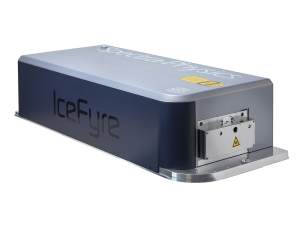
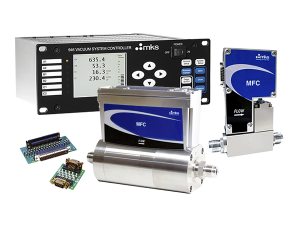
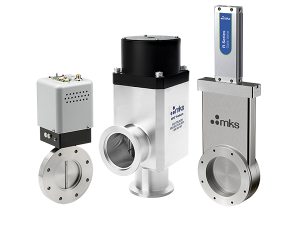
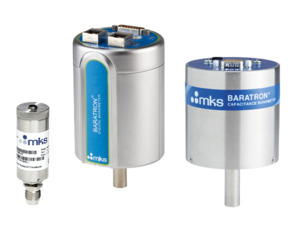
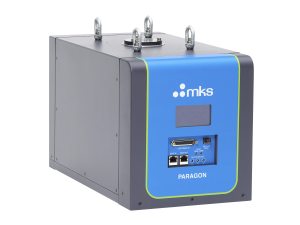
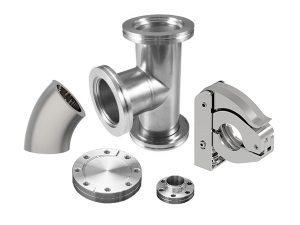
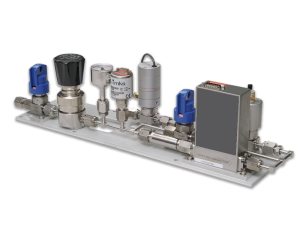
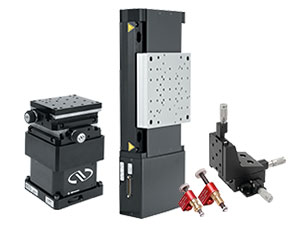
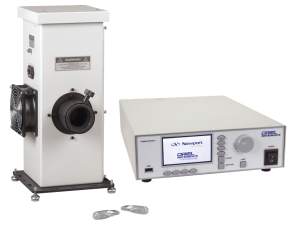
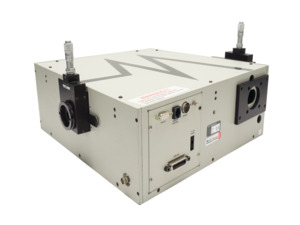

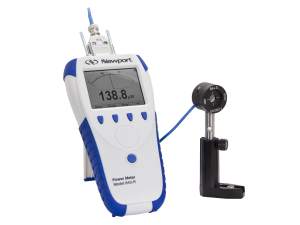

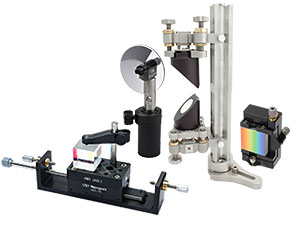
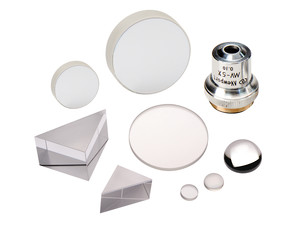
 Ultra-High Velocity
Ultra-High Velocity